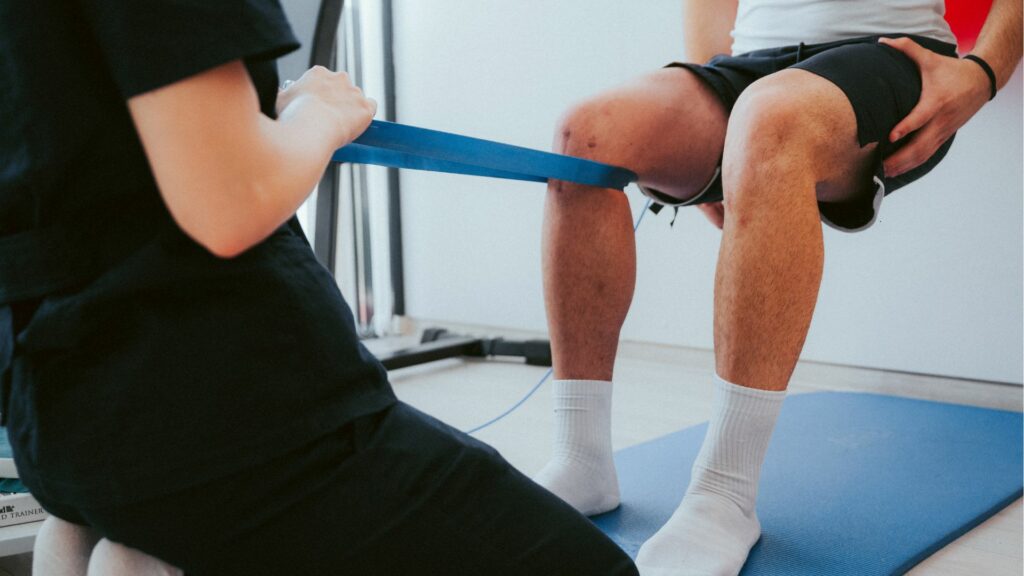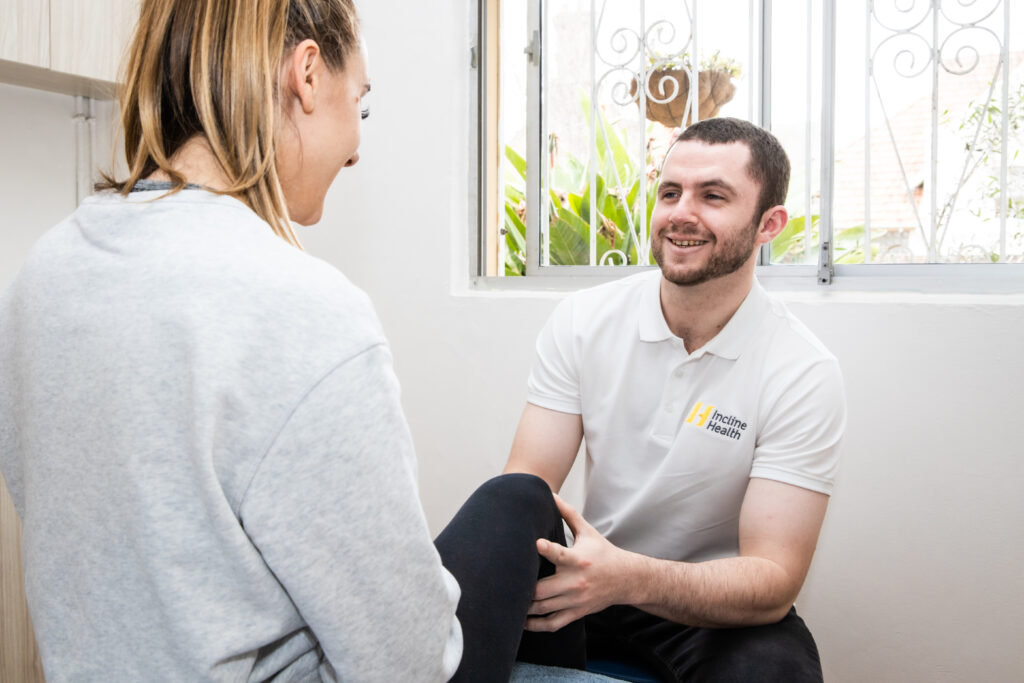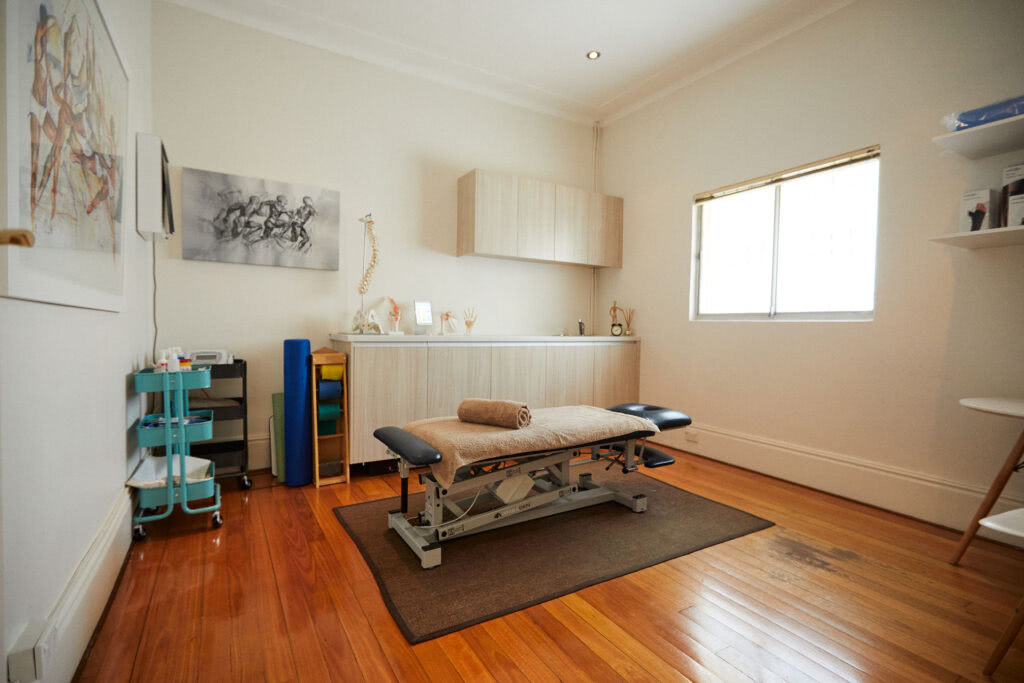How to Prepare for Your First Physiotherapy Session


If you’ve booked your first physiotherapy appointment, congratulations — you’ve already taken a big step toward recovery and better movement. Whether you’re managing an injury, easing chronic pain, or improving posture, preparation can make all the difference.
Many people feel nervous before their first appointment, unsure of what to expect. The good news is that physiotherapy is a supportive, guided process — and being prepared helps you feel confident from day one.
This guide walks you through how to prepare for your first physiotherapy session, what to bring, what to expect from your first appointment, and how to make the most of your recovery journey.
Why Preparation Matters for Physiotherapy
Preparing properly before your first physiotherapy appointment sets you up for success in pain management. It allows your physiotherapist to assess your condition accurately and design a treatment plan tailored to your needs. It also ensures you get the most out of each minute in the clinic — from your initial consultation to your home exercise program.
Being ready also reduces stress. Knowing what to expect at physiotherapy helps you arrive calm, focused, and ready to begin your pain relief and recovery process.
How to Prepare Before Your Appointment


A little preparation goes a long way in ensuring your first physiotherapy session runs smoothly and supports your physical wellness . Here’s what you should do before you walk into the clinic.
1 – Wear Comfortable Clothing
Your physiotherapist will need to assess how your body moves, which means you’ll perform light physical tests or stretches.
Choose comfortable clothing that allows easy movement — think shorts, leggings, or loose-fitting gym wear. If your injury is in the shoulder or upper back, wear a singlet or shirt with easy access to the area.
Avoid tight jeans or restrictive outfits; your physiotherapist needs clear visibility of the affected muscles and joints to perform a thorough physical examination.
2 – Bring Important Documents and Items
Arriving with the right items makes your initial session efficient and productive. Bring:
- Referral letters (if provided by your GP or specialist)
- Medical scans or reports such as X-rays, MRIs, or ultrasounds
- A list of current medications
- Health insurance details (for rebate purposes)
If you’ve seen other healthcare professionals recently for chronic conditions , bringing their notes or medical records can give your physiotherapist valuable background information.
3 – Write Down Your Symptoms and Goals
Before your appointment, jot down:
- Where you feel pain or stiffness
- When symptoms began and what worsens or relieves them
- How your condition affects daily activities (e.g., walking, sleeping, or working)
- Your personal recovery goals
This “mini pain diary” helps your physiotherapist understand your current symptoms and pinpoint the root cause more effectively, contributing to your overall quality of life . It also ensures that your treatment goals align with what matters most to you — whether that’s returning to sport, managing chronic pain, or improving mobility for daily tasks.
What to Expect in Your First Physiotherapy Session


Your first appointment is all about understanding your body and creating a treatment plan that suits your needs. Here’s what usually happens.
1 – The Initial Consultation and Assessment
Your physiotherapist will start with an initial consultation, where you’ll discuss your medical history, lifestyle, and current symptoms. This helps them understand how your condition developed and what factors may influence recovery.
Next comes a physical assessment. You may be asked to perform gentle movement and mobility tests to observe how your joints, muscles, and posture behave. These objective assessments guide your physiotherapist in identifying problem areas and planning appropriate treatment methods.
2 – Developing a Personalised Treatment Plan
Based on your results, your physiotherapist will explain the findings and discuss your tailored care plan. This may include:
- Manual therapy techniques such as soft tissue massage or joint mobilisation
- Therapeutic exercises to restore strength and flexibility
- Advice on posture, ergonomics, and injury prevention
- A home exercise program to continue your progress between visits
You’ll receive a clear outline of your treatment process, expected duration, and the role of follow-up sessions in achieving long-term improvement.
Tips for Making the Most of Your First Session
Be Honest and Open
Communication is key. Tell your physiotherapist everything about your pain, lifestyle, and activity level — even if it feels minor. This transparency helps them design a physiotherapy treatment plan that truly fits your body and lifestyle.
Take Notes During the Session
It’s easy to forget details once you leave the clinic. Jot down or record key advice, especially regarding rehabilitation exercises, frequency, and any restrictions (for example, “avoid running for two weeks”). These notes become your physiotherapy session checklist for home practice.
Set Realistic Recovery Goals
Your recovery process takes time, and effective rehabilitation is essential . Setting short-term goals — like reducing pain, improving range of motion, or completing your exercises daily — keeps you motivated and tracks progress more clearly.
Questions to Ask Your Physiotherapist
Asking the right questions shows that you’re engaged and helps you understand your recovery better, including the treatment techniques you’ll experience . Here are a few to consider:
- “What’s causing my pain or limited movement?”
- “How long will my recovery take?”
- “What exercises should I avoid for now?”
- “How many sessions will I need?”
- “What can I do at home to speed up recovery?”
These detailed questions encourage collaboration and ensure you fully understand your treatment goals and recovery timeline.
Common Mistakes to Avoid
Even small oversights can affect your first experience. Try to avoid these common errors:
- Wearing restrictive clothes that limit movement
- Forgetting to bring referral letters or medical scans
- Arriving late, rushed, or anxious — take a few minutes beforehand to relax
- Holding back information about pain, medication, or past injuries
Arriving calm and organised ensures your physiotherapist can focus entirely on your treatment session and create the best plan for you.
After Your First Physiotherapy Session


Your first appointment is just the beginning. What you do afterward plays a major role in your results.
1 – Follow Your Home Exercise Plan
Your physiotherapist may give you specific exercises to complete between visits. These strengthen the body, aid tissue repair, and help restore function. Following them consistently accelerates healing and builds confidence in your body’s ability to move freely again.
2 – Track Your Progress
Record how you feel after each treatment session — note improvements in pain, posture, or mobility. This helps both you and your physiotherapist adjust your treatment plan as you progress.
3 – Schedule Follow-Up Session
Consistency is crucial. Physiotherapy works best when sessions are spaced appropriately to allow recovery and reassessment. Booking your next appointments early keeps your care plan on track and supports long-term results.
Arrive Confident, Leave Empowered
Knowing how to prepare for your first physiotherapy session gives you confidence and clarity. With the right mindset, comfortable clothing, and a clear understanding of your symptoms and goals, you’ll make the most of your first visit and every one after.
At Incline Health Leichhardt, our physiotherapists combine expert knowledge with genuine care to help you reduce pain, restore function, and improve mobility. We guide you every step of the way — from initial treatment to long-term recovery — so you can move, live, and feel better.
Ready to start your journey? Book online today and take the first confident step toward better movement and wellbeing.
FAQs
What is the 80/20 rule in physiotherapy?
It means 80% of your recovery happens outside the clinic — through consistent home exercises, daily movement, and good habits — while 20% is guided by your physiotherapist during hands on treatment sessions.
What should I wear to my physiotherapy appointment?
Wear comfortable clothing that allows easy movement and lets your physiotherapist assess the affected area — for example, shorts for a knee injury or a singlet for a shoulder injury.
What is a red flag in physiotherapy?
“Red flags” are warning signs that may indicate a serious underlying condition — such as unexplained weight loss, severe night pain, or loss of bladder control. If these appear, your health professional will refer you for further investigation.
What to expect on your first physiotherapy session?
You’ll discuss your medical history, undergo a physical assessment, and receive a tailored treatment plan that may include manual therapy, therapeutic exercises, and a home exercise program.
Incline Health — your trusted physiotherapy team in Leichhardt. Helping you move better, recover faster, and live pain-free.






